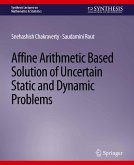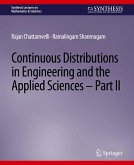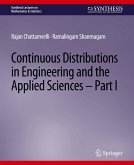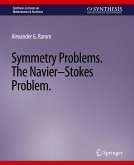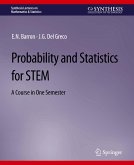This book is intended as an undergraduate text introducing matrix methods as they relate to engineering problems. It begins with the fundamentals of mathematics of matrices and determinants. Matrix inversion is discussed, with an introduction of the well known reduction methods. Equation sets are viewed as vector transformations, and the conditions of their solvability are explored. Orthogonal matrices are introduced with examples showing application to many problems requiring three dimensional thinking. The angular velocity matrix is shown to emerge from the differentiation of the 3-D orthogonal matrix, leading to the discussion of particle and rigid body dynamics. The book continues with the eigenvalue problem and its application to multi-variable vibrations. Because the eigenvalue problem requires some operations with polynomials, a separate discussion of these is given in an appendix. The example of the vibrating string is given with a comparison of the matrix analysis to thecontinuous solution. Table of Contents: Matrix Fundamentals / Determinants / Matrix Inversion / Linear Simultaneous Equation Sets / Orthogonal Transforms / Matrix Eigenvalue Analysis / Matrix Analysis of Vibrating Systems



